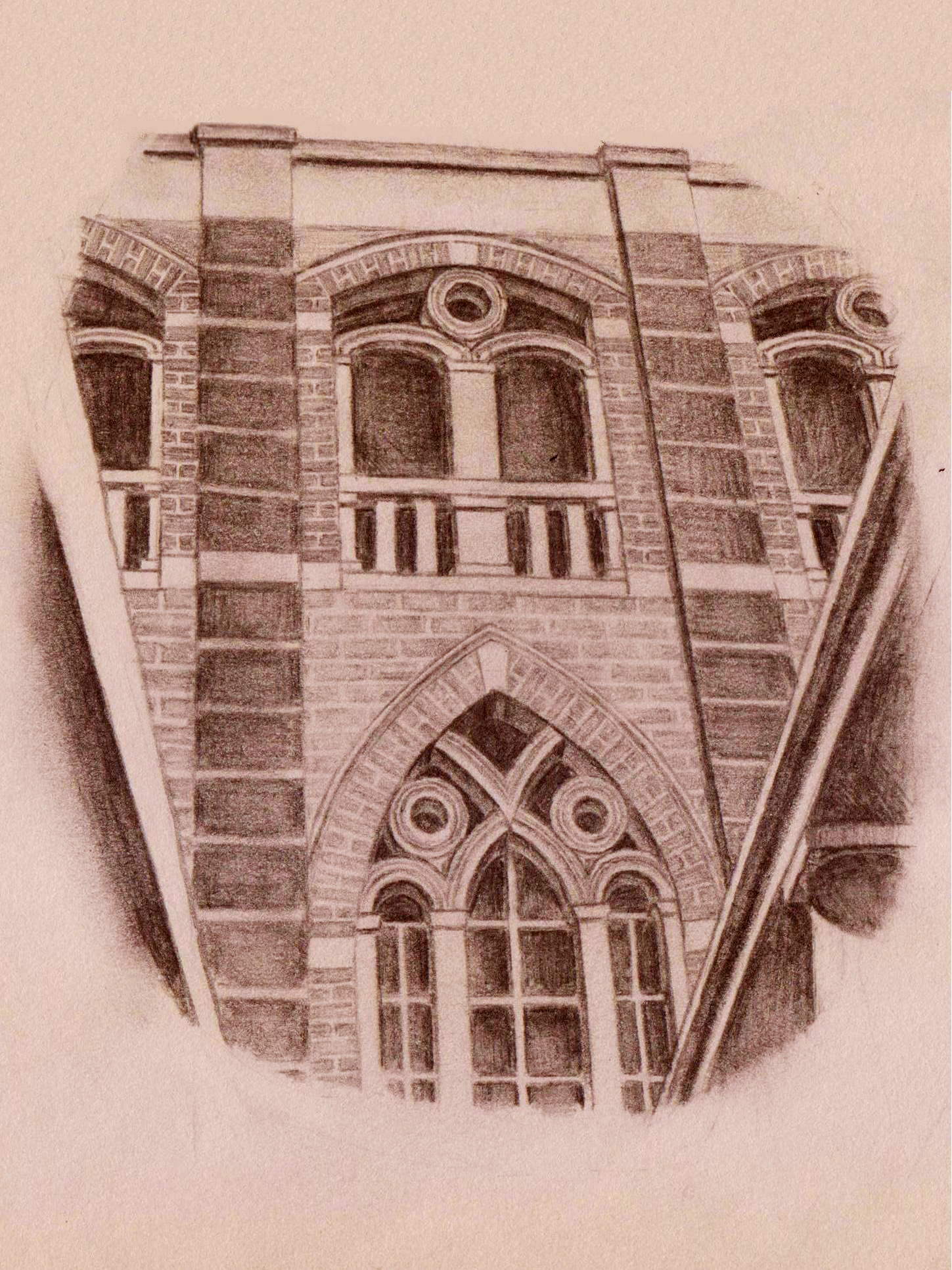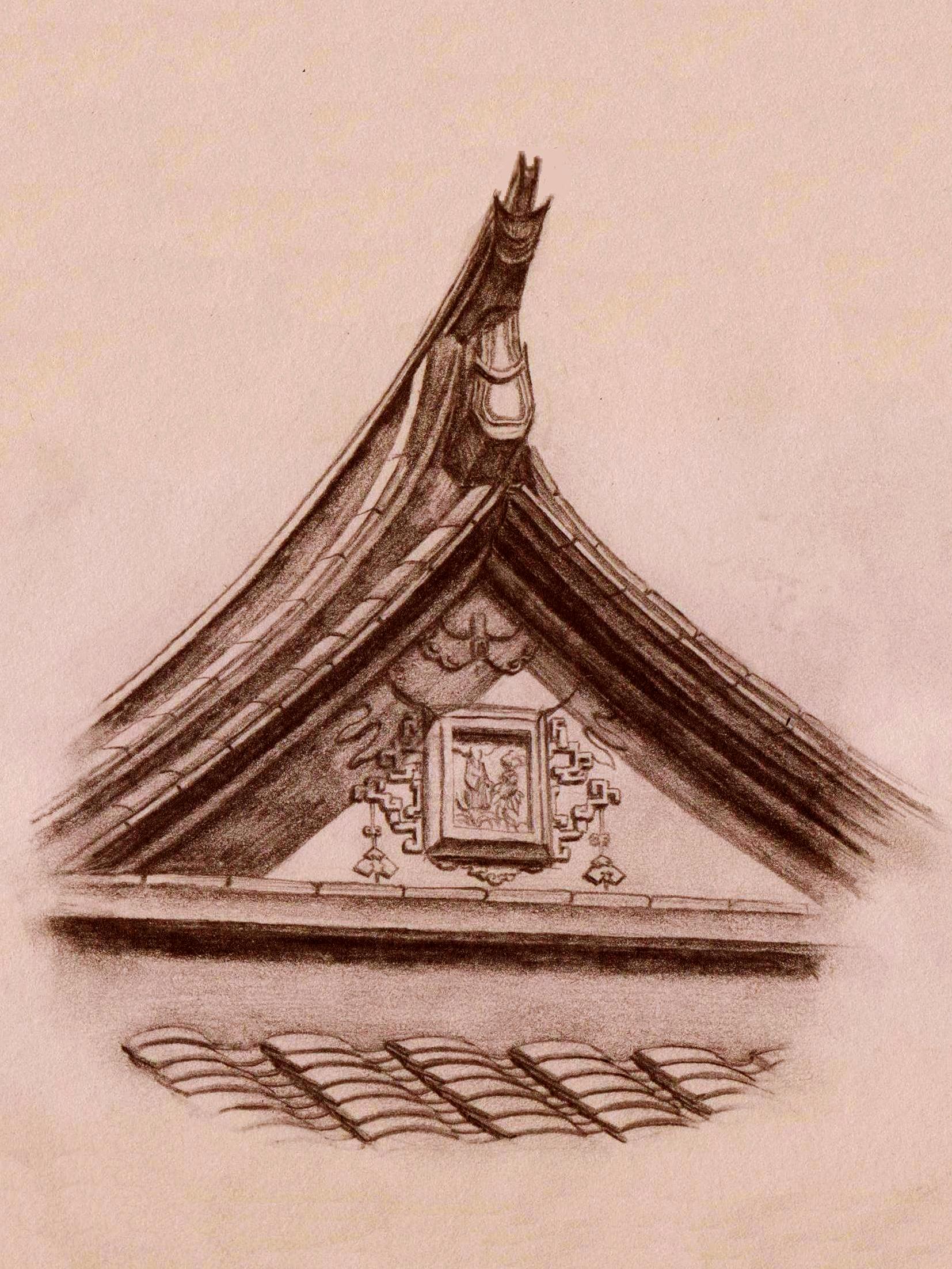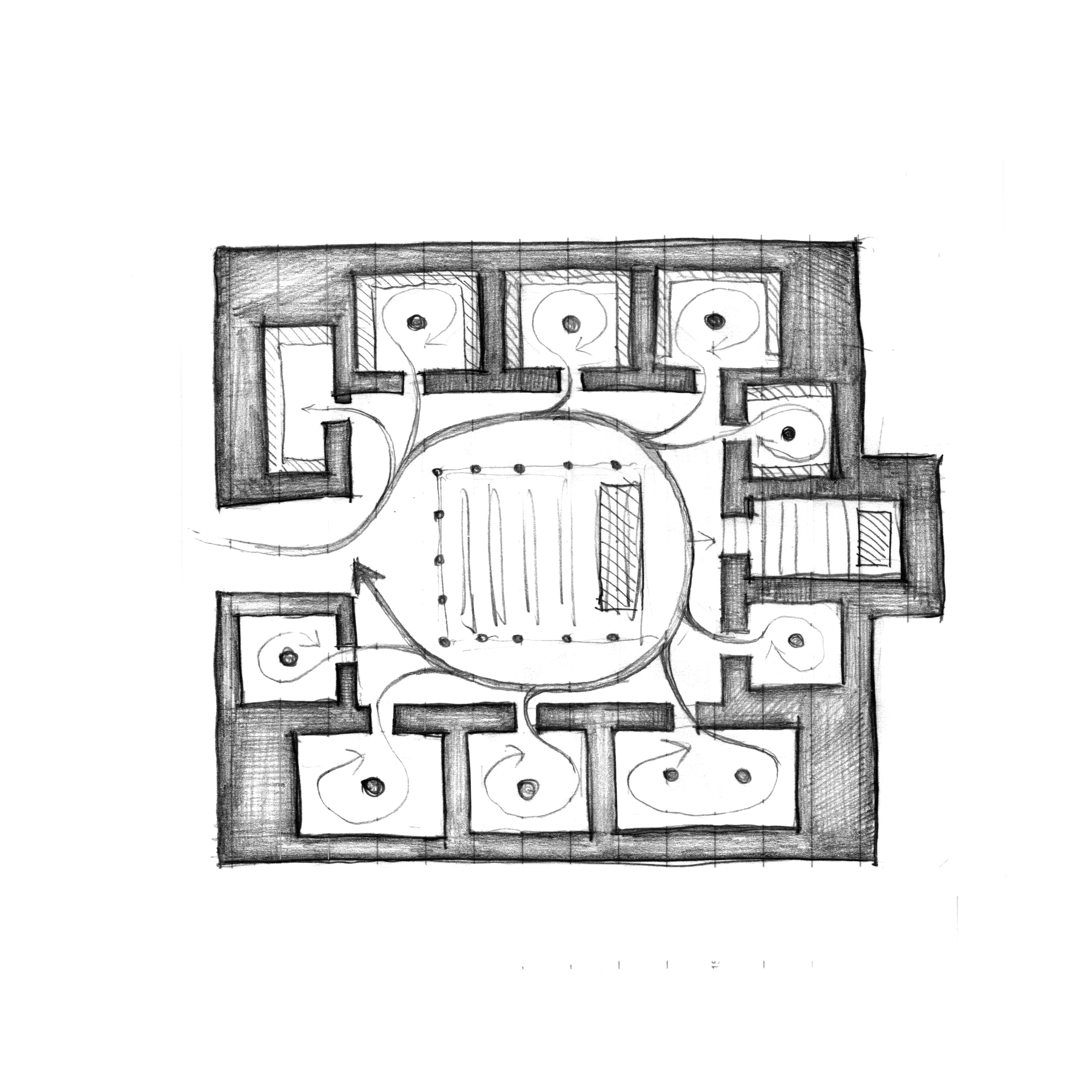kulangsu series
Exploring materiality & styles
TIBET SERIES
Pastel
2016
rome series
Route maps
Richness of the historical context: Studies of the interaction between paths and urban development over time
Papal route:
This is the route followed for centuries by the Popes, particularly on the occasion of their election, to take possession of Rome as Bishops of the city. Start from St. Peter's Square, a long procession led the Popes through the Campus Martius and the Capitoline hill to St. John Lateran Basilica.
Quirinal's belt:
This path surrounds the western edge of Quirinal Hill. It results from the compromise between two forces: adaptation to the topography and the pursuit of ideal form. In history, this path served as the western border of the Republican Rome and eastern border of the Catholic Rome. This path reflects the changing role of Quirinal Hill to the City. It symbolizes the shift of the center of Rome over time.
Historical Development:
This new route was conceived 2nd century A.D. when the construction of Trajan’s forum blocked the existing Via Salaria Vetus.
During Medieval period, this path was no longer segregated, as the imperial forum wall broken through at multiple locations, establishing the connection with the Roman Forum. During 13&14th century, multiple towers were built along the path (based on the foundation of imperial forum)
During Renaissance, the path became the eastern border of Rome and was annexed into the city shortly after. In 18th century, the Trevi Fountain was renovated and was turned 90 degree, facing toward the path.
Eventually, in 1930s, commanded by Mussolini, the Imperial forum was excavated and recovered its original ground level. The following preservation and different ground level made the lower portion of the path (Via Tor de’ Conti) segregated once again.
architecture analysis: Extended drama
Drama oriented design
Architectural drama is something like a trick or a game played by architects, and it often implies more expression than functionally needed. By doing these architects were conveying certain atmosphere and ideology to support their narratives.
The methods to conduct the drama include manipulation of solid & void, ambiguity deception or illusion, etc., and very often the spatial identities of their design have to succumb to the effects of these tricks, which are considered more important than the clarity of either path/ place/ interior & exterior boundary.
PALAZZO MASSIMO (Peruzzi, 1530s) (left)
Characteristic:
This palazzo was likely to be built at an intersection of two major paths in 16th century Rome. One of them is the E-W Papal route, while the other one run from south to north, connecting Campo di Fiori and Piazza Navona.
For the Via Papale, the drama is about the path. The facade of the palazzo was designed to ingratiate and celebrate the path (the curve). At the perpendicular direction, the narrative is about the place---the palazzo. The long stretched series of courtyard were resulted from a compromise: a passage piercing through the palazzo must be preserved. As long as this minimum requirement is satisfied, this passage were allowed to fulfill its another role as the courtyards of the palazzo, and can be designed like a place or combination of several places, having as much domestic character as possible.
SANTA MARIA DELLA PACE (Cortona, 1650s) (right)
Characteristic:
The intersection of the paths was designed as a place which glorifies the existence of the church.
Trick:
1. Continuous facade (borrowing from the apse of the other church) leads to ambiguous boundary of the church, and one the misleading doorways on the facade actually leads to another public street.
2. The semicircular porch combined with two curves on the upper level form an illusion of a tholos.
3. Sequential experience: As people approach the church from the narrow street in front of it, the panorama of the continuous facade gradually unfold itself, and the tholos are pushed toward the narrow piazza.























